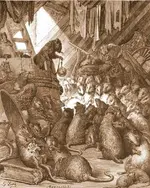UncleMatt
Bronze Member
- Joined
- Jul 14, 2012
- Messages
- 2,389
- Reaction score
- 2,535
- Golden Thread
- 0
- Location
- Albuqerque, NM / Durango, CO
- Detector(s) used
- Garrett Infinium & Gold Bug II, Bazooka Super Prospector Sluice
- Primary Interest:
- All Treasure Hunting

It was just a hypothetical. I can't read or Speak Spanish, so it wouldn't be me.
As far as financing the trip, I bet we could simply do a kickstarter campaign. Who wouldn't buy into such a great adventure!












